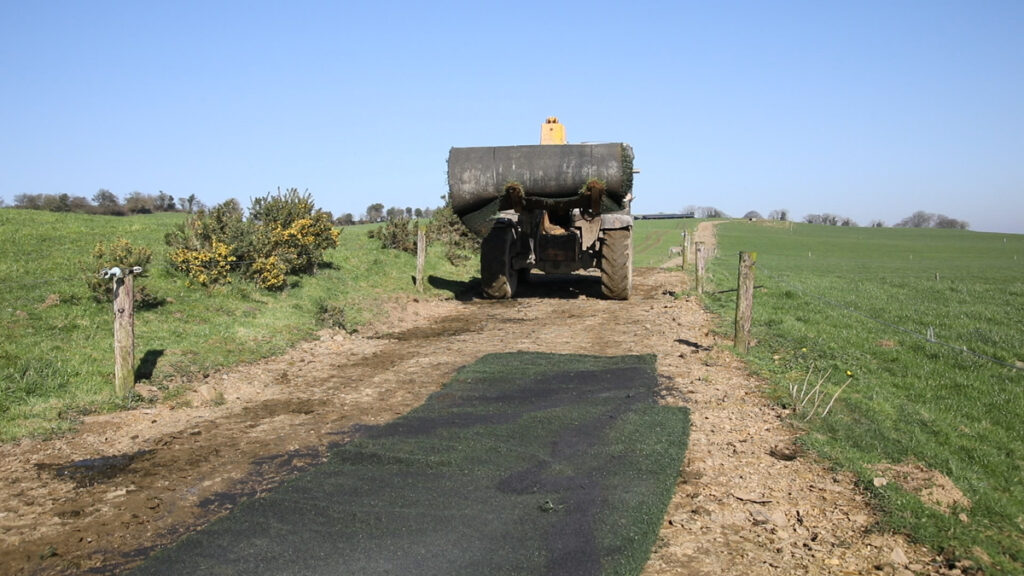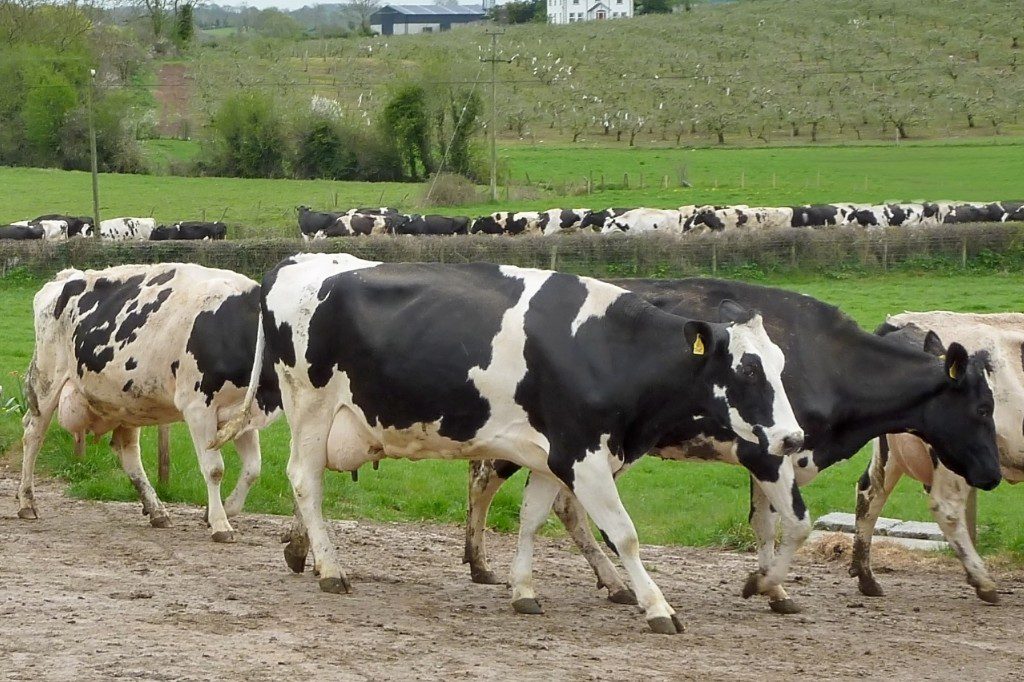Lameness is an issue that is seen in all dairy production models, but grazing herds generally have different issues to housed herds.
Grazing cows outside means that they have to walk, and in many cases this can be a considerable distance on a daily basis.
This can create issues with hoof health if cows are not looked after adequately.
Lameness
Lameness within dairy herds can develop in a number of different ways, such as in infectious form such as mortellaro.
Once the main cause of the case has been identified, you can then begin to develop a way to prevent more instances of lameness occurring within the herd.
Although infectious lameness is present within many dairy herds, for the most part, most clinical lameness cases are going to be associated with grazing.
With white line, bruising and ulcers are going to be commonly found.
These are commonly caused by poor-quality road surfaces, poor herding practices and overcrowded collecting yards.
Improving road surfaces will help to reduce cases, and many farmers have seen the benefit of using astroturf on top of road surfaces.

Other preventative measures may include putting down rubber mats in areas around the parlour where cows have to turn on concrete.
You may also need to change some of your herding practices, and allow cows to walk in and out of milking at a more leisurely pace.
Using something like a batchlack, which lets the cows to exit a paddock and make their way up the milking parlour on their own can help.
Although you will find it extremely difficult to completely eliminate lameness cases from your herd, these improvements can greatly reduce the number of cases.
This will not only improve animal welfare, but also improve production and reduce the amount of work required/cow.
Locomotion scoring
A useful tool to help identify cases in herd earlier is locomotion scoring, which assesses the movement of the cow to determine if there is a mobility or lameness issue.
Locomotion scoring is a five-point system (below) based on both gait and posture:
- Normal: The cow is not lame; the back is flat;
- Mildly lame: The back is slightly arched when walking;
- Moderately lame: The back is arched when both standing and walking. The cow walks with short strides in one or more legs;
- Lame: The lame cow can still bear some weight on the affected foot;
- Severely lame: The back is arched; the cow refuses to bear weight on the affected foot and remains recumbent.

Herd assessments should be done when the cows are walking on level, unobstructed walkways that give the observer a clear view.
On many farms, locomotion scoring is frequently performed when the cows are leaving the milking parlour.
The key to locomotion scoring is knowing that a cow’s hind foot should land in the same place as her front foot; failure to do this may be an indication of a lameness issue.
Treating your cows is as important as assessing them, once a herd assessment has been completed, you need to treat the cows you have identified as having an issue.
Hoof pairing should be done on a regular basis, you should not be waiting for a number of cows to complete pairing.
A lame cow or a cow that is showing early signs of lameness, should be treated like an emergency – treatment should be prompt.
